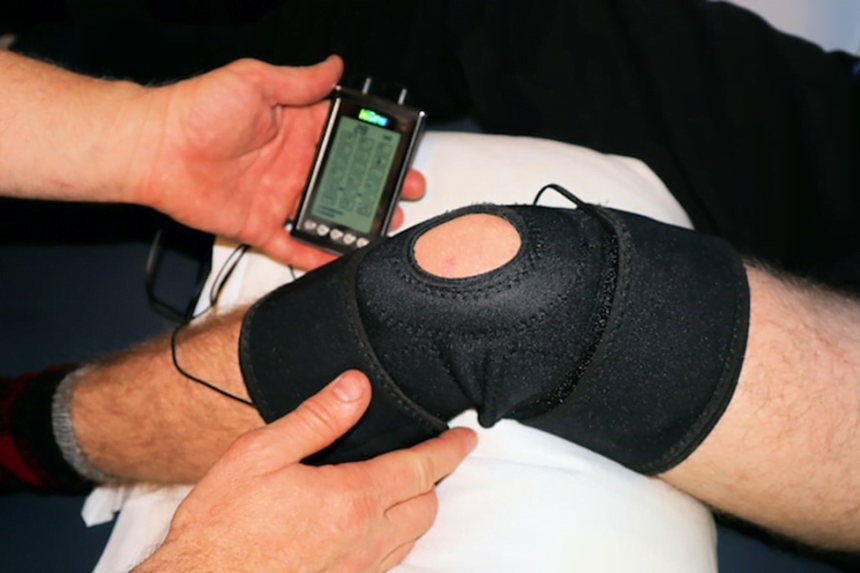Some chronic health conditions and injuries have long-term impacts that can degrade the quality of life. Most patients with chronic illnesses or severe injuries require additional interventions throughout the recovery journey. While the recovery process is long and extremely challenging, rehabilitative therapy offers the support necessary to overcome medical complications and setbacks.
As more providers prioritize quality patient care, most medical professionals seek better ways to improve the patient experience. Here are a few medical therapy trends creating ripples in the modern healthcare industry.
Red Light Therapy in Healthcare
Light therapy has gained popularity over the years thanks to its multiple therapeutic benefits that reverse severe health side effects. The treatment procedure involves the use of infrared spectrums to induce desired responses in body cells.
Light therapy interacts with chromophores–the light-responsive molecules in human cells. These specialized molecules trigger various responses in body cells when exposed to certain light wavelengths. The non-invasive treatment fights inflammation and boosts the production of beneficial hormones -which are vital in recuperating patients. Modern therapists use red light therapy to accelerate the recovery process. Most importantly, the procedure can induce a pleasant parasympathetic state vital for healing.
Leveraging Robotics in Medical Therapy
Musculoskeletal conditions are among the most common causes of disabilities -causing severe impacts on mobility, well-being, and independence. Typically, full recovery depends on the frequency and intensity of therapeutic interventions.
However, patients may be unable to follow recommended exercise schedules due to limited physiotherapy resources, which may compromise recovery and extend ideal recovery timeframes. These robotic innovations are promising since they facilitate better access to effective therapy exercises.
Rehabilitative robotics is relatively new in the health industry. Typically, the solutions leverage sophisticated robotics to support patients with mobility issues, cognitive challenges, and post-surgery recovery. For instance, physiotherapists deploy robotic exoskeletons during neural rehab and gait training.
The assistive interventions can support the patient during early recovery and evolve depending on the recovery stage. Similarly, intelligent prosthetic robots help patients with severe impairments regain normal body functions and provide a soft landing after life-threatening medical conditions.
Virtual Reality and Gamified Rehabilitation
Integrating virtual reality and gaming technology into therapy makes the process enjoyable. When patients enjoy therapy sessions, they will likely follow appointments and complete assigned therapy exercises independently.
Typically, when therapy involves enjoyable games, patients are naturally motivated to participate and put in extra effort to progress to higher levels. This aspect is critical for effortless recovery in patients with complex medical issues. The innovation also helps practitioners wondering how to get therapy referrals since previous patients are excited to share their experiences with peers.
Most importantly, the immersive experience offered by virtual reality technology makes therapy more interesting. Modern VR headsets simulate various scenarios making therapy exercises interesting and bearable.
Endnote
As modern technology evolves, it creates significant disruptions in all industries. Particularly, the healthcare space is undergoing a massive transformation. Savvy therapy specialists rely on newer tools and interventions capable of dealing with evolving patient needs. Among the current innovations, robotics and virtual reality offer promising medical applications that accelerate the recovery process, making life bearable to patients by eliminating unnecessary health complications.
While it’s easy to believe that innovation in the health industry is at its peak, the trends show a strong upward trajectory. Furthermore, the modern lifestyle is mainly sedentary –leading to health complications that need unique interve

